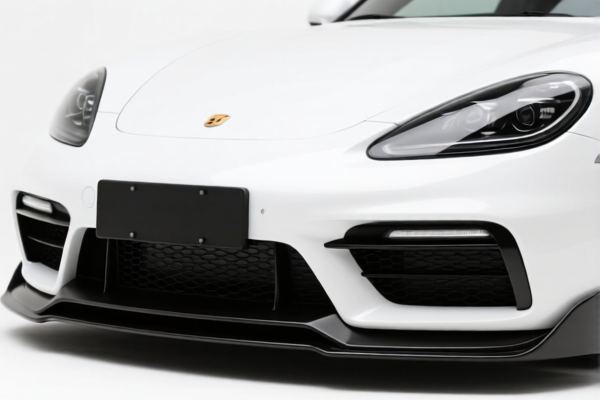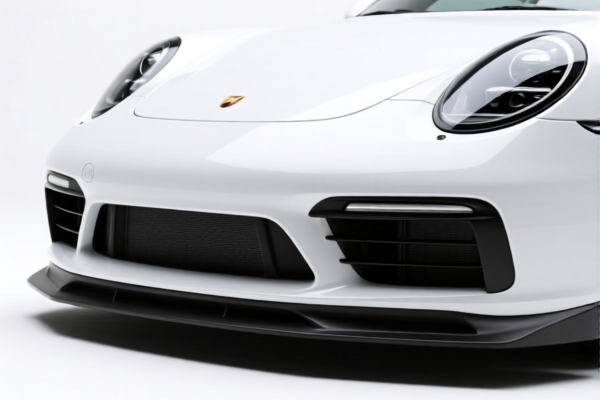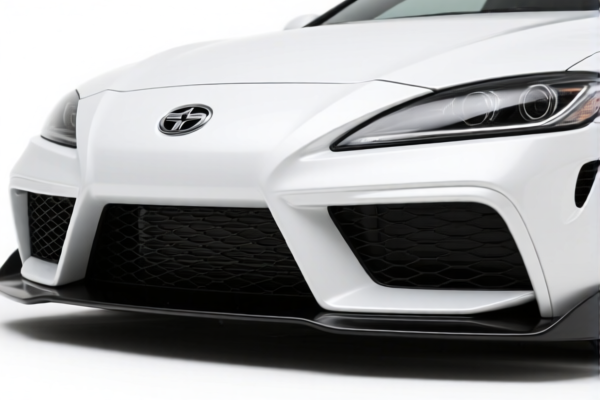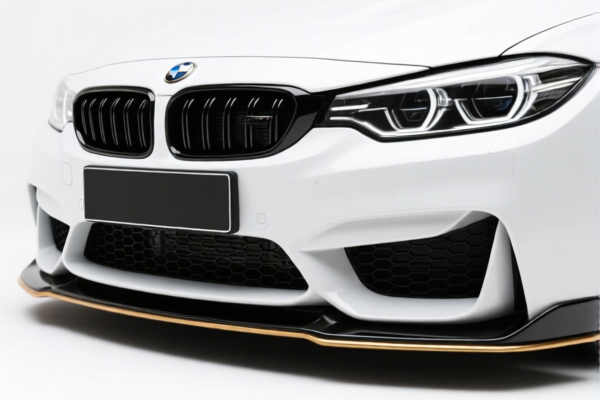| HS Code | Official Doc | Tariff Rate | Origin | Destination | Effective Date |
|---|---|---|---|---|---|
| 7326908688 | Doc | 82.9% | CN | US | 2025-05-12 |
| 7326908605 | Doc | 82.9% | CN | US | 2025-05-12 |
| 7308909590 | Doc | 80.0% | CN | US | 2025-05-12 |
| 9406900190 | Doc | 82.9% | CN | US | 2025-05-12 |
| 9406900130 | Doc | 82.9% | CN | US | 2025-05-12 |
| 4016931010 | Doc | 57.5% | CN | US | 2025-05-12 |
| 4016935010 | Doc | 57.5% | CN | US | 2025-05-12 |
| 4008192000 | Doc | 55.0% | CN | US | 2025-05-12 |
| 4008194000 | Doc | 55.0% | CN | US | 2025-05-12 |




Automobile Tail
An automobile tail, commonly referred to as the rear of a car, encompasses the components located at the back of a passenger vehicle. It is a critical area for safety, aesthetics, and functionality.
Components & Materials:
- Tail Light Assembly: Typically constructed from polycarbonate plastic for durability and impact resistance. Includes:
- Brake Lights: Illuminate brightly when the brake pedal is depressed, using incandescent, LED, or halogen bulbs.
- Turn Signals (Indicators): Indicate the driver's intention to turn, often employing incandescent or LED technology.
- Running Lights: Provide visibility in low-light conditions, usually LED.
- Reverse Lights: Activate when the vehicle is in reverse, aiding visibility during maneuvering.
- Trunk Lid/Hatchback: Materials vary widely: steel, aluminum, carbon fiber, or composite plastics are common. Provides access to the vehicle's cargo area.
- Rear Bumper: Primarily steel or plastic (polypropylene, thermoplastic olefins). Designed to absorb minor impacts. May include parking sensors, and sometimes rear cameras.
- Rear Spoiler/Wing (Optional): Often made from carbon fiber, fiberglass, or plastic. Aims to reduce lift and improve aerodynamic stability at higher speeds.
- Exhaust System Components: Including the muffler, tailpipe, and catalytic converter. Constructed from stainless steel, aluminized steel, or titanium alloys.
- Rear Window: Tempered glass for safety.
- Rear Diffuser (Optional): Typically plastic or carbon fiber, used to improve airflow under the vehicle.
Purpose & Function:
- Safety: The primary function is to enhance visibility to other drivers, particularly through the tail lights and brake lights.
- Aerodynamics: The shape of the tail and the inclusion of spoilers or diffusers can reduce drag and improve fuel efficiency.
- Cargo Access: The trunk lid/hatchback provides convenient access to the vehicle's storage area.
- Vehicle Protection: The rear bumper mitigates damage from low-speed collisions.
- Emissions Control: The exhaust system components manage and reduce harmful emissions.
Usage Scenarios:
- Daily Driving: Tail lights and turn signals are constantly used for normal operation.
- Braking: Brake lights activate during deceleration and stopping.
- Turning/Lane Changes: Turn signals indicate intended maneuvers.
- Reversing: Reverse lights illuminate the area behind the vehicle.
- Highway Driving: Aerodynamic components contribute to stability and fuel efficiency at higher speeds.
- Parking: Parking sensors and rear cameras assist with maneuvering in tight spaces.
Common Types/Variations:
- Sedan Tail: Traditional design with a separate trunk.
- Hatchback Tail: Features a rear door that opens upwards, providing access to the cargo area.
- SUV/Truck Tail: Often includes a tailgate that can be lowered for cargo loading.
- Sport/Performance Tail: May incorporate a larger spoiler, diffuser, and quad exhaust outlets for enhanced aerodynamics and aesthetics.
- Integrated Tail Light Designs: Modern vehicles frequently utilize LED light bars that span the width of the tail, creating a distinctive visual signature.
Automobile tail components generally fall under articles of vulcanized rubber, specifically gaskets, washers, and seals used in automotive goods.
Here are the relevant HS codes based on the provided reference material:
- 4016931010: Other articles of vulcanized rubber other than hard rubber; Other; Gaskets, washers and other seals; Of a kind used in the automotive goods of chapter 87; O-Rings. This code covers O-rings specifically used in automotive applications.
- 4016935010: Other articles of vulcanized rubber other than hard rubber; Other; Gaskets, washers and other seals; Other; O-Rings. This code also covers O-rings, but for those not specifically defined as being used in chapter 87 automotive goods.
Explanation of HS Code Structure:
- 40: Chapter 40 covers Rubber and articles thereof.
- 16: Heading 4016 specifically covers other articles of vulcanized rubber other than hard rubber.
- 93: Subheading 401693 covers gaskets, washers and other seals.
- 10/50: Further specifies the type of seal (O-rings) and its application (automotive goods of chapter 87 or other).
Important Note:
The total tax rate for both HS codes 4016931010 and 4016935010 is 57.5%, comprising a 2.5% basic tariff, a 25% additional tariff, and a 30% additional tariff applicable from 2025.4.2.
Customer Reviews
No reviews yet.